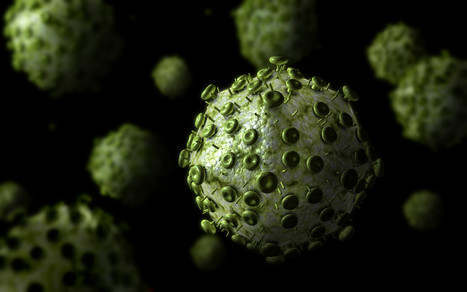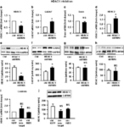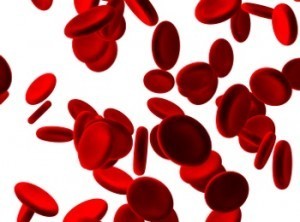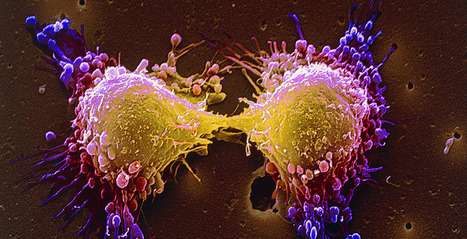Non-union occurring in structural bone grafting is a major problem in allograft transplantation because of impaired interaction between the host and graft tissue.
Research and publish the best content.
Get Started for FREE
Sign up with Facebook Sign up with X
I don't have a Facebook or a X account
Already have an account: Login
 Your new post is loading... Your new post is loading...
 Your new post is loading... Your new post is loading...
|
|






























In this study, the scientists evaluated the effects of local knockdown of the TLR4 signaling pathway in a mouse segmental femoral graft model. Allografts were coated with freeze-dried lentiviral vectors that encoded TLR4 and myeloid differentiation primary response gene 88 (MyD88) short-hairpin RNA (shRNA), which were individually transplanted into the mice. Their results show that inhibition of TLR4 and MyD88 might reduce immune responses and ameliorate allograft rejection.